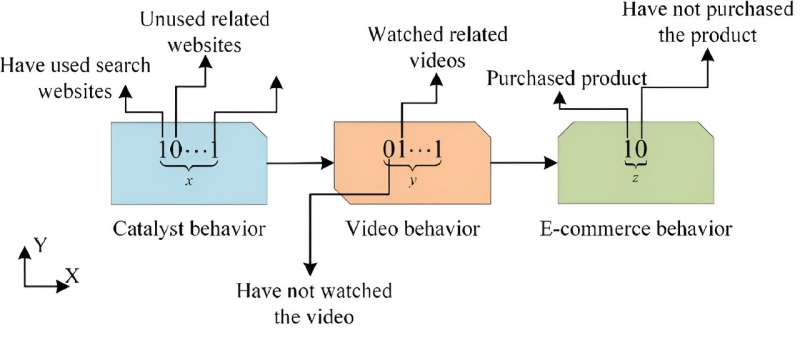
JULY 9, 2024 by KeAi Communications Co.
Collected at: https://techxplore.com/news/2024-07-decoding-consumer-advanced-algorithms-brand.html
A new study introduces a user preference mining algorithm that leverages data mining and social behavior analysis to bolster brand building efforts. This innovative approach aims to assist small and medium-sized enterprises (SMEs) in understanding and engaging with their consumer base more effectively.
Small and medium-sized enterprises (SMEs) often struggle with brand building due to limited resources and intense market competition. Traditional branding methods may not fully capture consumer preferences, leading to suboptimal brand development. Understanding user preferences through data mining and social behavior can provide deeper insights into consumer behavior. Based on these challenges, it is essential to conduct in-depth research to explore innovative solutions that enhance brand value (BV) through accurate and comprehensive user preference analysis.
The study by Yuhan Dong from Huhaisheng School of Public Administration, Nanyang Technological University, Singapore, published in the journal Data Science and Management on March 30, 2024, presents a user preference mining algorithm. This algorithm integrates data mining (DM) and social behavior (SB) analysis to improve brand building (BB) for SMEs.
By predicting consumer preferences more accurately, this algorithm provides essential data support, enabling enterprises to optimize their branding strategies and achieve higher brand value.
The study proposes a user preference mining algorithm that combines DM and SB to analyze and predict consumer preferences with high accuracy. The algorithm employs a cross-domain strategy, incorporating temporal behaviors to address asynchrony issues in user data. It outperforms existing models such as the computing power cost-aware online and lightweight deep pre-ranking system (COLD) and multiple additive regression tree (MART) in terms of convergence, mean square error (MSE), and mean absolute error (MAE).
The experimental results reveal a mean area under the curve (AUC) value of 0.953 and an accuracy rate of 0.984, significantly higher than the competing models. The model’s efficiency is further demonstrated through its practical application in predicting user brand preferences with an average error of only 0.11.
By analyzing user data from both social media and e-commerce platforms, the algorithm can accurately predict consumer preferences, providing valuable insights for brand development. This innovative approach enables enterprises to identify their target audience more precisely, optimize product designs, and tailor marketing strategies to meet consumer needs effectively.
Dr. Yuhan Dong, the corresponding author and driving force behind this research, emphasizes the algorithm’s potential to revolutionize brand strategy. Dong says, “Our model not only predicts consumer preferences with remarkable accuracy but also adapts to the ever-changing social dynamics, ensuring that brands stay relevant and competitive.”
The implications of this research are far-reaching, offering small and medium-sized enterprises a powerful tool to enhance their brand value. By understanding consumer preferences at a granular level, businesses can tailor their products and marketing strategies to resonate more deeply with their audience. This data-driven approach promises to elevate brand building from an art to a precise science, fostering stronger consumer connections and driving business growth.
More information: Yuhan DONG, Application of user preference mining algorithms based on data mining and social behavior in brand building, Data Science and Management (2024). DOI: 10.1016/j.dsm.2024.03.007

Leave a Reply